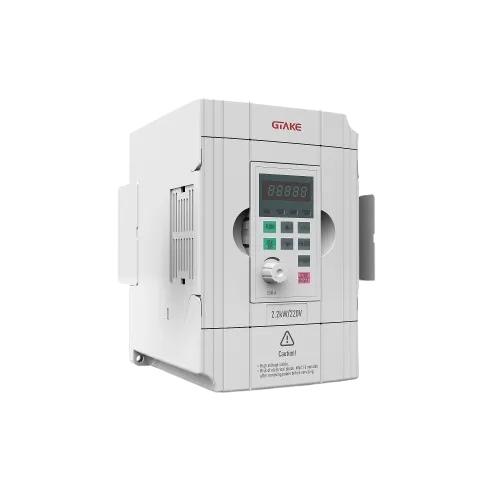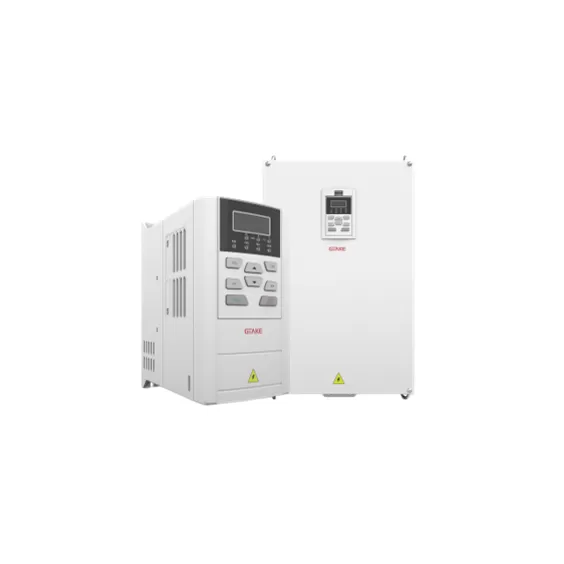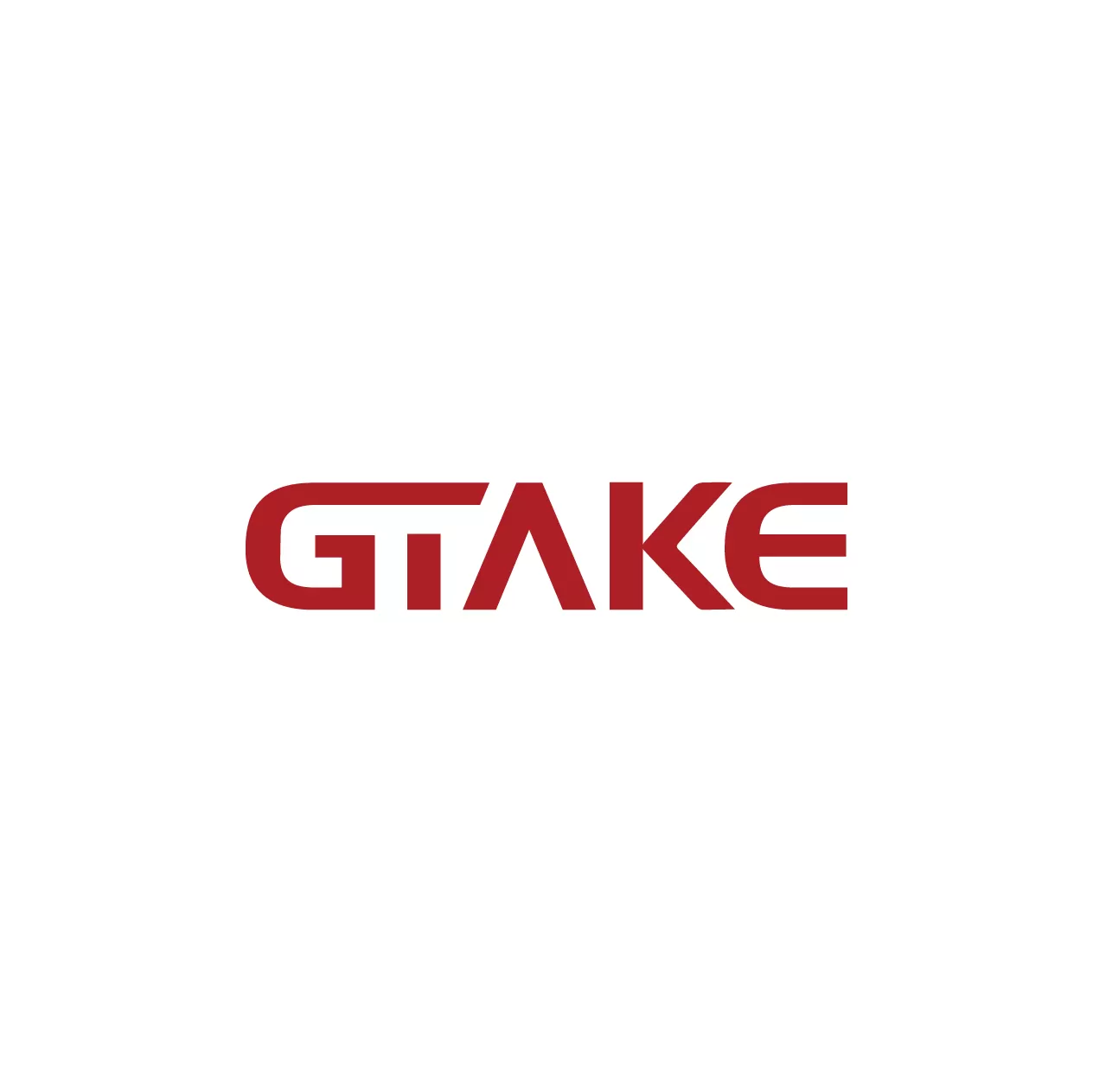Torque control is a crucial feature in modern Variable Frequency Drives (VFDs), also known as frequency inverters. It allows for precise control of motor torque, making it ideal for specific industrial applications like winding and unwinding materials. While traditionally considered a high-end function, recent advancements have made torque control accessible in more cost-effective VFD models.
In this article, we’ll explore how torque control works, its benefits, and its applications across various industries.
Understanding Torque Control in VFDs
To understand torque control, it’s essential to differentiate it from speed control. While speed control focuses on maintaining a motor’s set speed, torque control ensures that the motor delivers a specific amount of torque, regardless of the resulting speed. This is particularly useful in applications where consistent tension or force is required.
Torque control operates by modulating the motor’s power and speed to achieve the desired torque. Advanced inverter drive use sensorless vector technology to estimate motor speed and accurately calculate the required torque, eliminating the need for additional sensors.

Key Applications of Torque Control
Torque control is valuable in industries that handle materials requiring precise tension management. Below are some examples:
Pulp and Paper Industry
Similar to textiles, rolls of paper require precise tension to avoid tearing or uneven rolling during production.
Metal Processing
For heavy-duty applications like winding steel or aluminum sheets, torque control ensures consistent force, even as the roll diameter changes.
Material Handling Equipment
Torque control prevents overloading of mechanical components, ensuring safe operation and reducing wear and tear.
These examples highlight the versatility of torque control, making it essential for industries requiring precision and efficiency.
How VFDs Achieve Torque Control
Modern frequency inverters have simplified torque control with advanced features. Here’s how it works:
Sensorless Vector Technology
Using sensorless vector technology, the VFD estimates the motor’s speed and calculates the required torque based on current values. This eliminates the need for external speed sensors while maintaining accuracy.
Easy Setup
Users can input motor parameters like frequency, voltage, and speed into the VFD via a keypad or software interface. Torque setpoints can be adjusted using analog signals or PLC commands.
Built-in Monitoring Tools
Some VFDs come with oscilloscope and monitoring functionalities, allowing real-time adjustments for optimal performance.

Benefits of Torque Control
Torque control offers several advantages for industrial applications:
- Improved Product Quality: Maintaining consistent tension ensures the final product meets quality standards.
- Cost-Effectiveness: Sensorless vector VFDs eliminate the need for expensive sensors, reducing system costs.
- Flexibility: Torque control adapts to varying load conditions, making it suitable for a wide range of applications.
- Ease of Use: Modern VFDs offer user-friendly interfaces, simplifying setup and operation.
Why Choose GTAKE for Torque Control Solutions?
As a leading frequency inverter manufacturer, GTAKE provides advanced VFDs equipped with torque control capabilities. Our products are designed to optimize performance, reduce energy consumption, and enhance operational efficiency. Whether you need VFDs for material handling, textile processing, or other industrial applications, GTAKE delivers reliable solutions tailored to your needs.
Contact GTAKE today to learn more about our innovative frequency inverters and how they can transform your operations.
